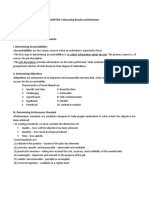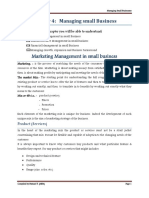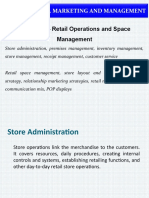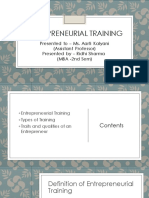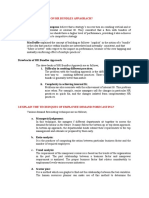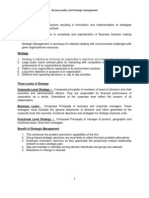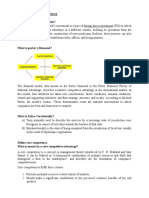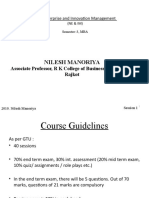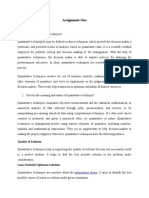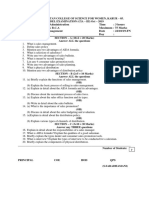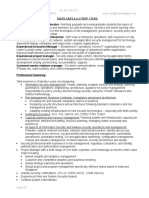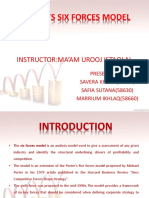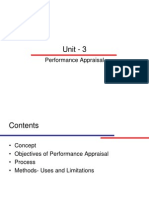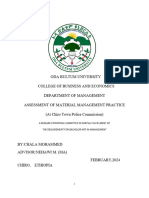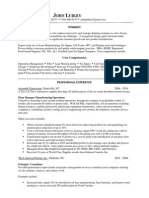0% found this document useful (0 votes)
357 views4 pagesHR Planning Barriers & Solutions
The document discusses barriers that human resource planners face when formulating human resource planning. The major barriers mentioned are that HR practitioners are not always experts in managing business strategies, HR information is often incompatible with other strategic information, there can be conflicts between short-term and long-term needs, and between quantitative and qualitative approaches. It also notes the importance of operating manager involvement for effectiveness. Overcoming the barriers requires conducting analysis, formulating strategy, gaining support, assessing barriers, and following up.
Uploaded by
ehteshum.workCopyright
© © All Rights Reserved
We take content rights seriously. If you suspect this is your content, claim it here.
Available Formats
Download as DOCX, PDF, TXT or read online on Scribd
0% found this document useful (0 votes)
357 views4 pagesHR Planning Barriers & Solutions
The document discusses barriers that human resource planners face when formulating human resource planning. The major barriers mentioned are that HR practitioners are not always experts in managing business strategies, HR information is often incompatible with other strategic information, there can be conflicts between short-term and long-term needs, and between quantitative and qualitative approaches. It also notes the importance of operating manager involvement for effectiveness. Overcoming the barriers requires conducting analysis, formulating strategy, gaining support, assessing barriers, and following up.
Uploaded by
ehteshum.workCopyright
© © All Rights Reserved
We take content rights seriously. If you suspect this is your content, claim it here.
Available Formats
Download as DOCX, PDF, TXT or read online on Scribd
/ 4
